Estonia as a filming location: Growth of an audiovisual industry in north-eastern Europe
Estonia’s historic capital Tallinn lies across the Gulf of Finland from Helsinki in north-eastern Europe. TLG investigates the city to see what the country’s production industry has to offer as an international filming location.
I travel as a guest of Grillifilms EST, a recently set-up servicing company that’s looking to put Tallinn – and Estonia – on the filmmaking map in Europe. “We have a well-established commercials industry in Estonia,” offers producer Mika Ruso: “At the moment our main client base comes from places like Finland, Norway and other neighbouring European and Scandinavian countries, often with commercials for the telecoms and drinks industries.”
At the moment our main client base comes from places like Finland, Norway and other neighbouring European and Scandinavian countries.
Mika Ruso, Grillifilms EST
Tallinn is Estonia’s beating heart and is home to nearly half the population. The Old Town is the city’s chief asset. It offers a rich history stretching back through 800 years of Europe’s turbulent past and has been a UNESCO World Cultural Heritage site since 1997; the country may be small but it’s internationally recognised.
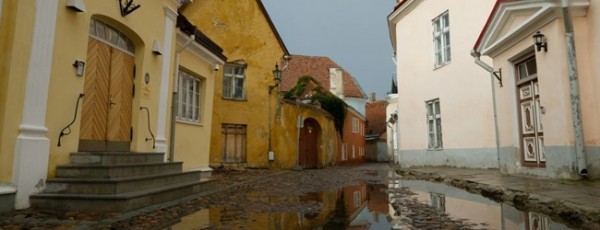
Medieval architecture jostles for attention in narrow, cobbled streets and gives the Old Town its unique personality. It is further coloured by stories of the city’s history and successive rebirths (taking an official tour of the Old Town is thoroughly recommended and inspiring). One of the city’s most recent traumas came towards the end of World War II when, under German Occupation, it suffered horrific bombing at the hands of the Russians.
“It’s very easy to film here,” adds Nikolai Mihailišin, Mika’s producing partner: “The narrow streets are easy to close down if you need them. It’s one of Europe’s most striking historic centres, complete with the continent’s oldest town hall.”
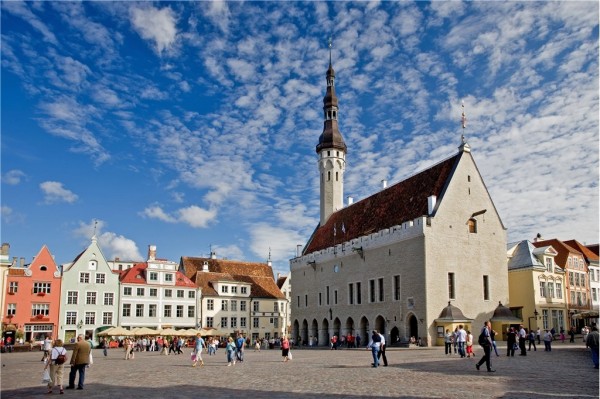
Navigate the labyrinth of winding medieval streets and the city suddenly opens out into the Town Hall Square, where, as the name suggests, Tallinn Town Hall (above) dominates the view. It’s notable for being the only intact gothic building of its type in northern Europe. The Estonian Government was based here until recently and it offers grand stone interiors that feel Arthurian in scale and look. Filming permits can be arranged with a few days’ notice. It’s most often used as a backdrop for commercials filmed during the Christmas Market in the square, which runs for six weeks from the end of November.
Moving from the Middle Ages to the 18th Century and beyond, producers looking for a more rural sense of Estonian history can head to the Rocca al Mare Open Air Museum. A short drive from the city centre, the museum offers a host of historic Estonian buildings – including a church, a tavern and several homes – transplanted from across the country.
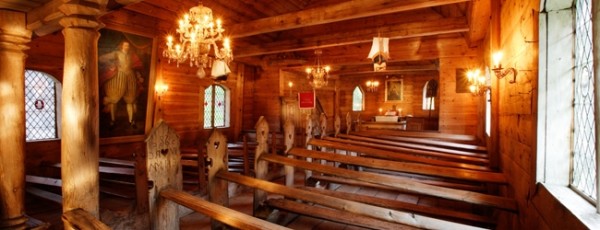
The museum is busy in the summer months but much quieter during the winter. It’s used mainly by student productions and local TV stations, as well as the occasional commercial.
Tallinn’s Soviet history results in a different kind of architectural curiosity just beyond the picturesque walls of the Old Town. Estonia was annexed to the Soviet Union in 1941 and only regained its independence 50 years later with the collapse of the USSR. The legacy of this long and grey architectural era is everywhere. It may lack the colour and soul of the Old Town, but it’s no less striking and could suit the story requirements of producers, especially when telling local stories.
Tallinn's Soviet-era architecture may lack the colour and soul of the Old Town, but it’s no less striking and could suit the story requirements of producers, especially when telling local stories.
A particularly creepy monument to the Soviet years is Patarei Prison, a derelict shell of a building that still contains many relics of the past, such as bunks, hospital equipment and heavy iron doors with misty portholes. We end up exploring cells with the light from our smartphones, which makes the ghosts of the past seem uncomfortably close.
The prison (below) was only fully closed in 2005 as a requirement of Estonia’s entry into the EU and it’s plain to see that it could not have been an easy place to serve time. The facility is now a ramshackle tourist attraction seeking a permanent owner. Archaic, 19th Century architecture creates a sinister atmosphere and its decrepit state makes it a clear production interest. It’s occasionally used as a filming location and permits can be arranged through Culture Park Patarei, or through the local servicing company.
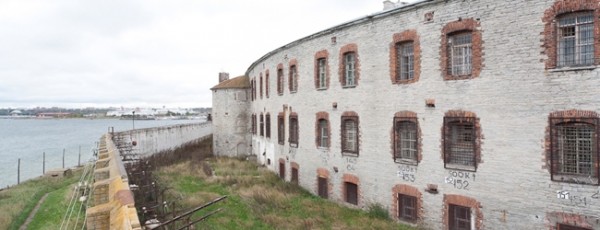
“As a nation we’re able to service two or three commercials at once,” Mika considers later, over lunch in more civilised surrounds: “We’re a small country but we have skilled crew and if we don’t have what we need right away locally we bring people in from neighbouring countries – we can do that very effectively and potentially in a matter of hours.”
A brief aerial scout gives a better impression of Estonia’s topographic offerings, with farmland, scattered forest and the occasional stately home punctuating the landscape. I’m told it’s possible to drive from the northern coast to the southern border with Latvia in less than three hours, making the entire country easily accessible for production teams planning a flying visit. Snow can be guaranteed in January and February.
Locally we have Alexas and RED Epics. We also co-operate with a Finnish rental house that can deliver almost anything from 8mm and 35mm to Phantom and digital cinematography.
Mika Ruso, Grillifilms EST
Accommodation can be very comfortable. I enjoy two nights at The Three Sisters in the Old Town, a luxury boutique hotel that counts Queen Elizabeth and the Emperor of Japan as past guests. Spacious suites and friendly, helpful staff will make this an ideal place for producers and star talent to unwind after a long shoot day.
The city can also cater for an after-party and the more extravagantly-minded producer could try a booking at the Lennusadam Seaplane Harbour Museum, which is a popular events venue. Just bear in mind that the crew will be partying around the exhibits – including a World War II submarine – inside the building’s distinctive domed frame.
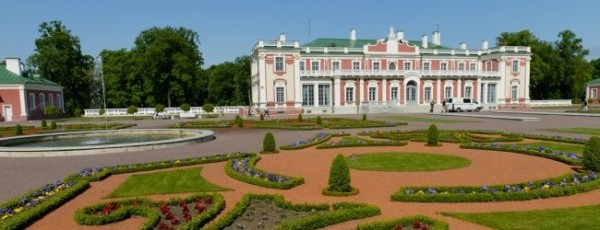
Estonia’s filming industries are still in their infancy but there are clear statements of intent. A film commission and a film foundation are technically separate entities, although there is considerable overlap in their specific roles to channel limited funds into domestic and international production.
Martin Aadamsoo is with FilmEstonia.eu: “At Baltic Film and Media School we’re developing state-of-the-art filming facilities that will be available for outside hire as well. As a nation we have a young production industry but we have a lot to offer. On a national level our focus is on co-productions with our European neighbours, although I would like to see us reach out to some of the international production hubs too, like the UK.”
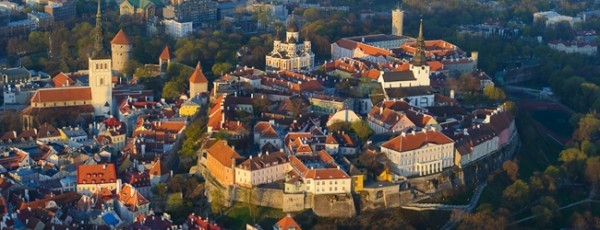
“Locally we have Alexas and RED Epics,” Mika offers, as we discuss equipment availability: “We also co-operate with a Finnish rental house that can deliver almost anything from 8mm and 35mm to Phantom and digital cinematography.
“They also have an extensive selection of lenses and other camera equipment; there is a wide variety. Same goes with grip, from doorway dollies to Panther and Techno dollies. We rent Russian arms from Sweden and Holland, as do all the Baltic servicing companies.”
Estonia has great potential to make an impact in north-east Europe and Scandinavia, which should perhaps be its first goal.
There’s recognition of the challenges that lie ahead. Estonia has the advantage of production costs that undercut much of the regional competition, but larger studio facilities are needed beyond the relatively basic green-screen resources available at the moment. There’s also acknowledgement that filming incentives will be needed to spur further growth, although the Government is prioritising regional co-production agreements.
Estonia has great potential to make an impact in north-east Europe and Scandinavia, which should perhaps be its first goal. Accessibility, history and the ready skill of local servicing companies like Grillifilms EST, are the chief assets on which a strong future can be built.
Related Posts
- Man+Hatchet films nude models in Estonia for animated Withings campaign
- Cannes Soiree Partner 2013: Film Estonia
- On location with Karina Moreton, Managing Director of Panoramic Fixers
- Filming on location in Estonia with Allfilm
- Filming on location with the Mexico City Film Commission
- Cannes Lions Soiree 2015: Film Estonia becomes partner
- Filming on location in Latvia with Producer Sergei Serpuhov
- A turning point for the Maltese film industry
Related posts:
Comments
Not Logged in
You must be logged in to post a comment
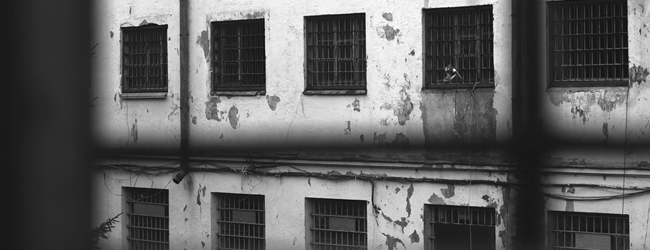

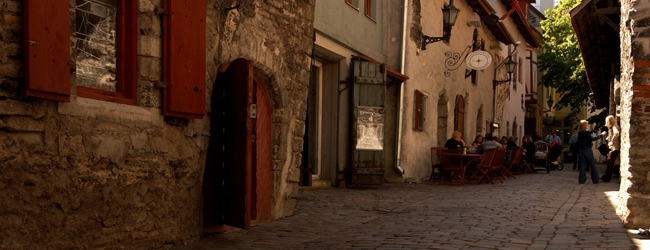
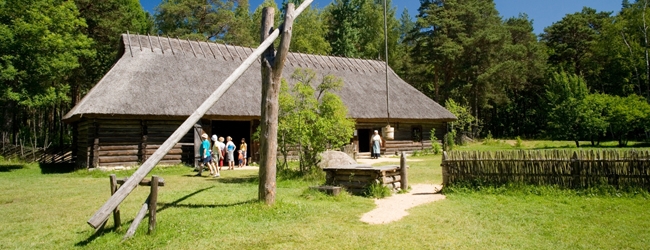
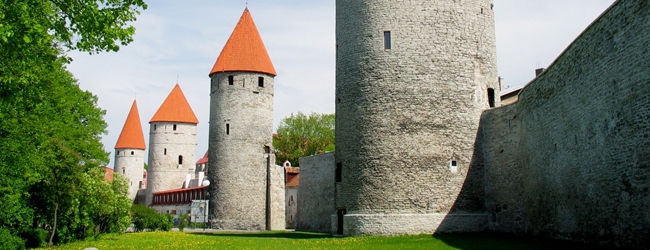
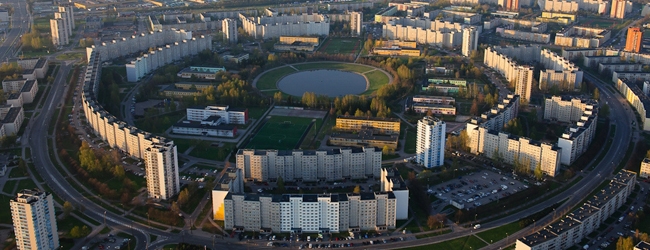
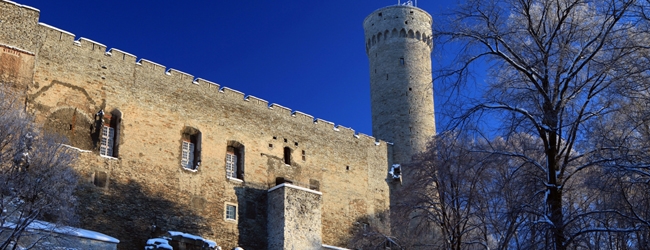
There are no comments